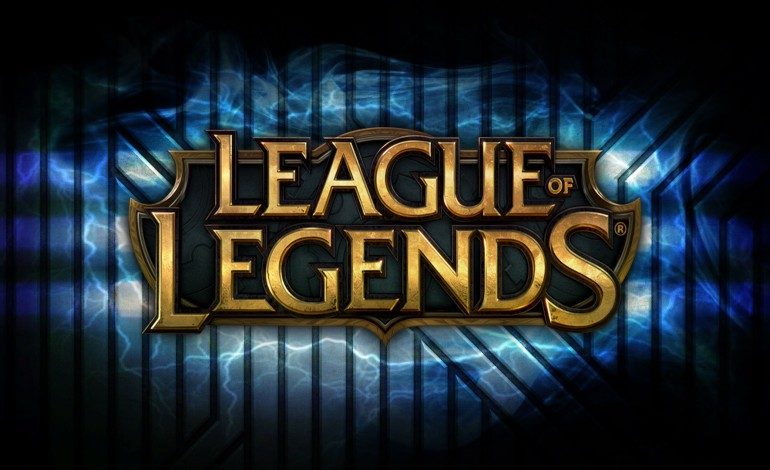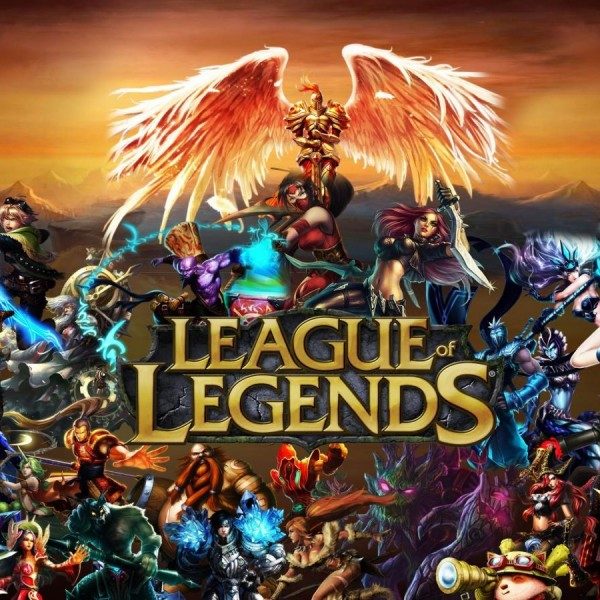

With almost 150 champions in League of Legends, the balance between them is always a hot topic. Recently, a post went up on the League of Legends website detailing a new framework to handle the balancing of champions. The new framework, which has been in use behind the scenes, is finally ready for formalization according to the post. The framework will serve as a “way of establishing consistent understandings of how [the devs] evaluate champions’ power level, especially for the purposes of determining if they ought to be buff or nerf candidates on any given patch.”
In the past, LoL has followed a “balance for Plat+ play” approach, with other considerations made on a case-by-case basis. The new approach, which divides Summoner’s Rift into four audiences, will limit subjectivity and bias that balance changes may have been affected by in the past. The four audiences are Average Play, Skilled Play, Elite Play, and Professional Play, effectively encapsulating most, if not all players into one of the groups. Each audience will have different parameters as to what it means for a champion to be over or underpowered.
The Average Play audience “contains most players, everything below the top 10% of solo queue (approximately up through Gold).” The game’s developers believe that since this group is less sensitive to minute details of balance changes, they have relaxed their definition of “too strong” for this group. Win rate and ban rate are the two factors that come into play when balancing for players in this group. “The more a champion is banned beyond the global average ban rate (ABR, currently ~7%), the more we use their ban rate as an expression of the champion’s power level in the tier, and the tighter a band we put on their win rate.”
Skilled Play is made up of the top 10% of solo queue (excluding the top players in this range, who now fall into the Elite Play audience). The balance framework for the Skilled Play audience is similar to that of the Average Play audience, based on win rate and ban rate, with a tighter restriction of what is considered too strong for these players.
The Elite Play audience contains the top 0.1% of solo queue players. “This group is the most sensitive to balance changes out of all the solo queue groups, and also has unique balance needs.” Because the devs do not have enough win rate data to work balance changes like the previous two groups, they must rely on ban rate as well as champion pick rates. The balance changes in this group rely on Presence, which “is the combined Pick and Ban rate of the champion.”
Finally, the Professional Play audience “is the top five recognized leagues of competitive play (currently LPL, LCK, LEC, LCS, and LMS).” Balance changes for this group revolve around Presence, as well as the current meta. Even though the current meta may not allow for certain champions to be picked, the devs “will consider these champions underpowered in the context of the current meta, and we will balance around the champions’ power level within that meta.”
From this point on, a champion will be considered balanced if they are within the balanced range for all audiences, overpowered if they exceed the threshold of just one audience, and underpowered if they drop below the threshold for all audiences. The plan of action now is for devs to use the framework to first address overpowered champions, then underpowered ones, finally circling back and balancing champions for all audiences. Be sure to check out the complete post on the League website for more specific balancing details, as the devs have obviously put a lot of time and effort into this new framework.
Play games, take surveys and take advantage of special offers to help support mxdwn. Every dollar helps keep the content you love coming every single day.

